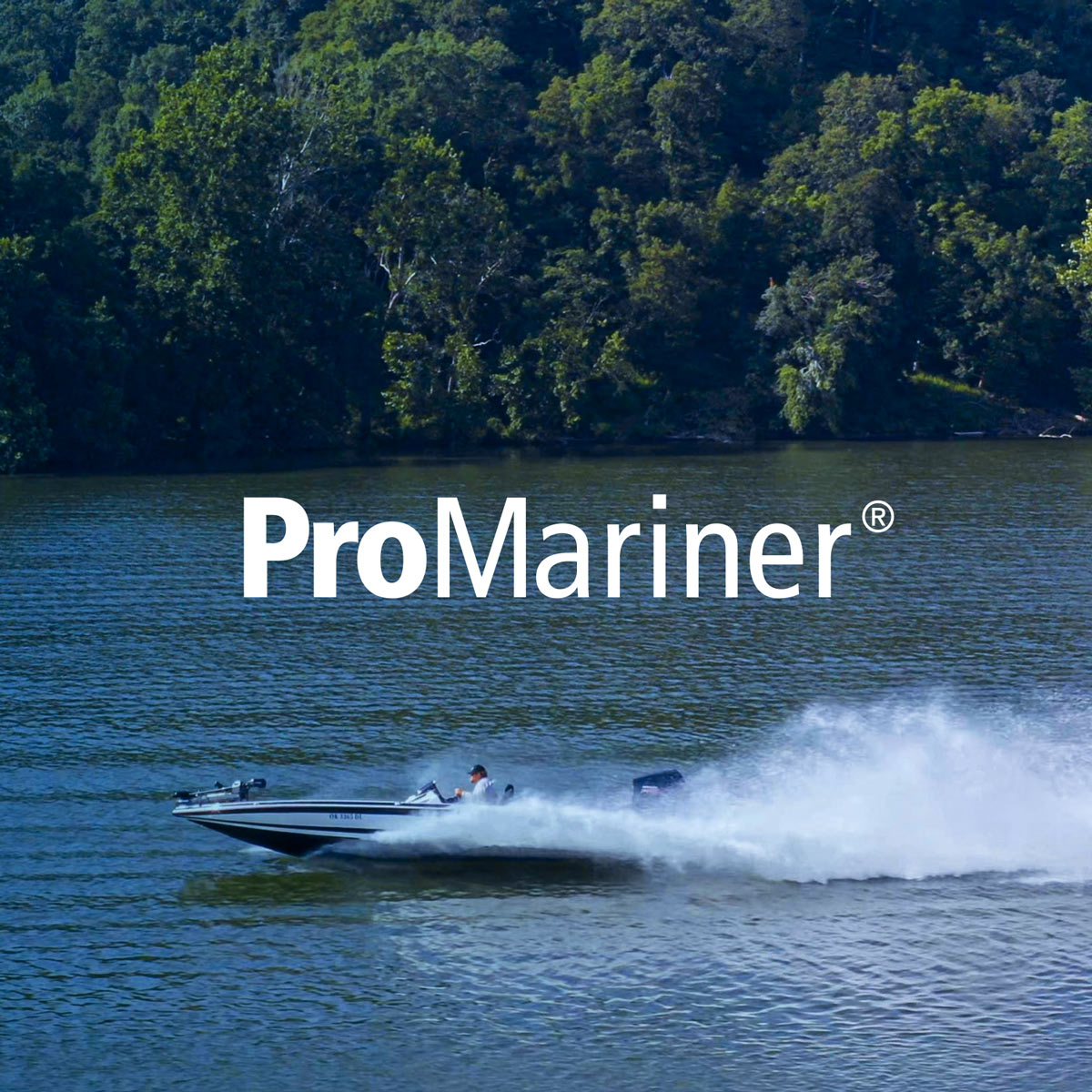adamncincy
Jet Boat Addict
- Messages
- 153
- Reaction score
- 68
- Points
- 87
- Location
- Cincinnati
- Boat Make
- Yamaha
- Year
- 2010
- Boat Model
- AR
- Boat Length
- 21
Hey guys, so I've charged many batteries in my life and have also fried about 2. Since we don't have alternators, what are everyone's tips on battery charging?
I know Amazon has some amazing small, portable battery jumper/chargers, but I don't want to ruin the batteries. Looking for a safe suggestion where someone's charged and not ruined the battery capacity.
Thanks, Adam-
Looking for tips as well as proven chargers.
I know Amazon has some amazing small, portable battery jumper/chargers, but I don't want to ruin the batteries. Looking for a safe suggestion where someone's charged and not ruined the battery capacity.
Thanks, Adam-
Looking for tips as well as proven chargers.








